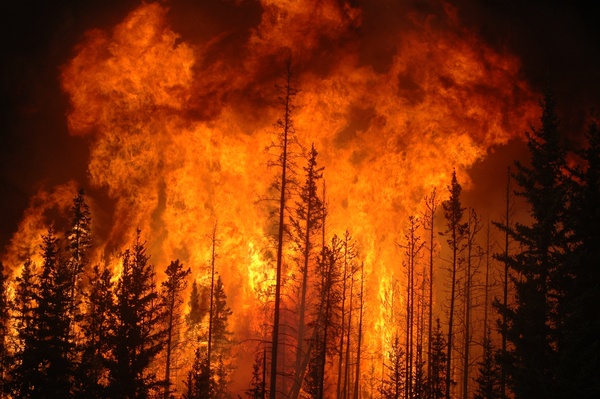Ladder Fuel Treatments Effect Burn Area of Forest Fires in Semi-Arid High Elevation Climates
(1) duPont Manual High School, Louisville, Kentucky
https://doi.org/10.59720/20-110
Forest fires destroy millions of acres, threaten populations, and are becoming increasingly severe. Efforts to reduce the starting of wildfires has led to increasing quantities of ladder fuels. Ladder fuels are any fuels that create a vertical continuity in a forest. When a fire does occur, these ladder fuels promote the spread of fires to the forest crown. We hypothesized that if the density of ladder fuel is reduced, the burn area in a semi-arid high-altitude forest will decrease. To test the hypothesis, a series of computer simulations were run testing 50 random ignition sites in a representative semi-arid high elevation forest with different levels of ladder fuel treatment using the FlameMap wildfire simulator with US Forest Service landscape and weather data. There was a large variation in the extent of the fires based on the ignition location, ranging from 13 to 22,506 acres. The study showed a statistically significant reduction in average total burn area after 10 days when 5% or more of the total acreage had been treated (p < 0.01). There were further reductions in burn area with increasing ladder fuel treatment from a 9% reduction with 5% treatment to a 51% reduction with 20% treatment (p < 0.001). This study supports the effectiveness of ladder fuel treatments in reducing burn area.
This article has been tagged with: